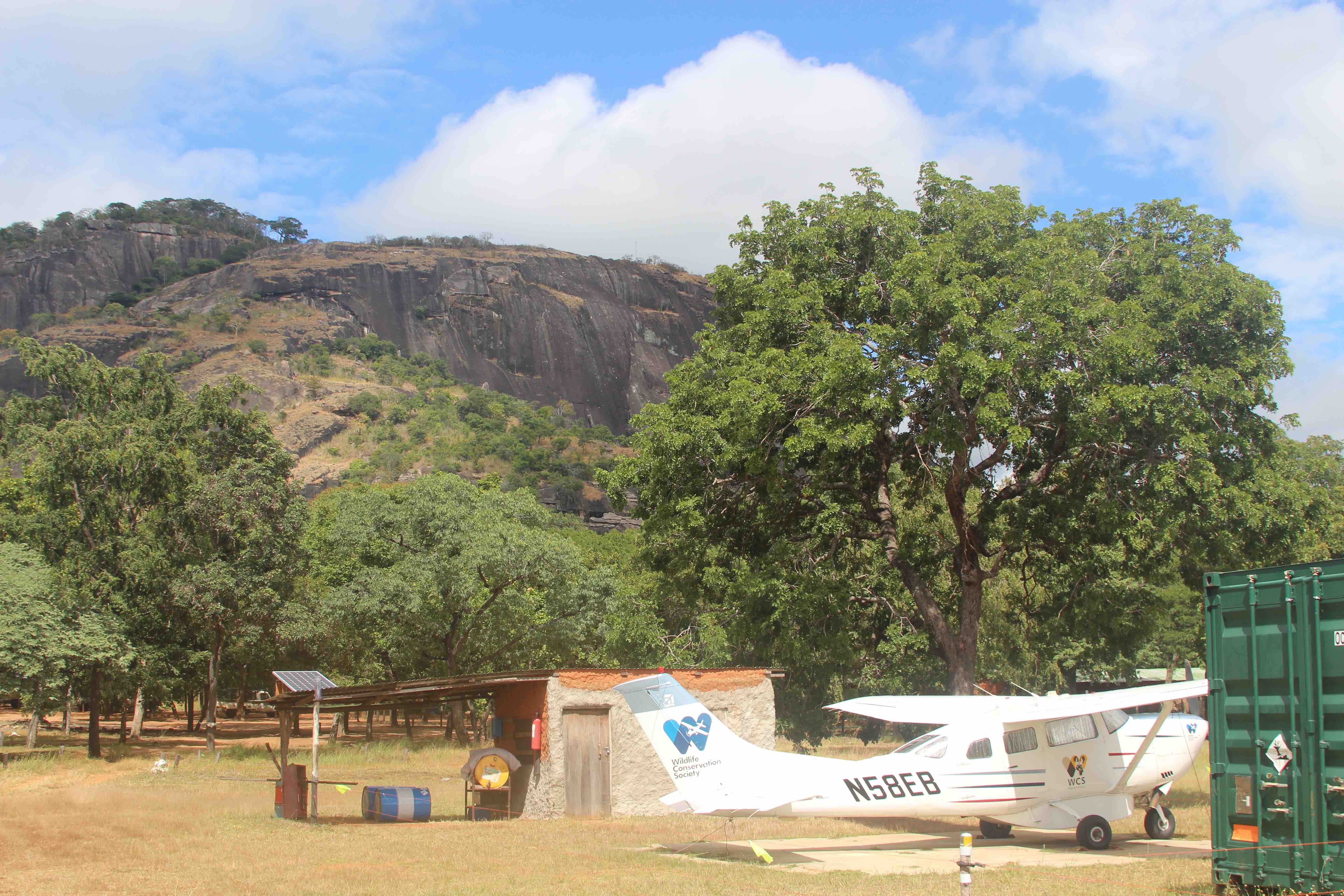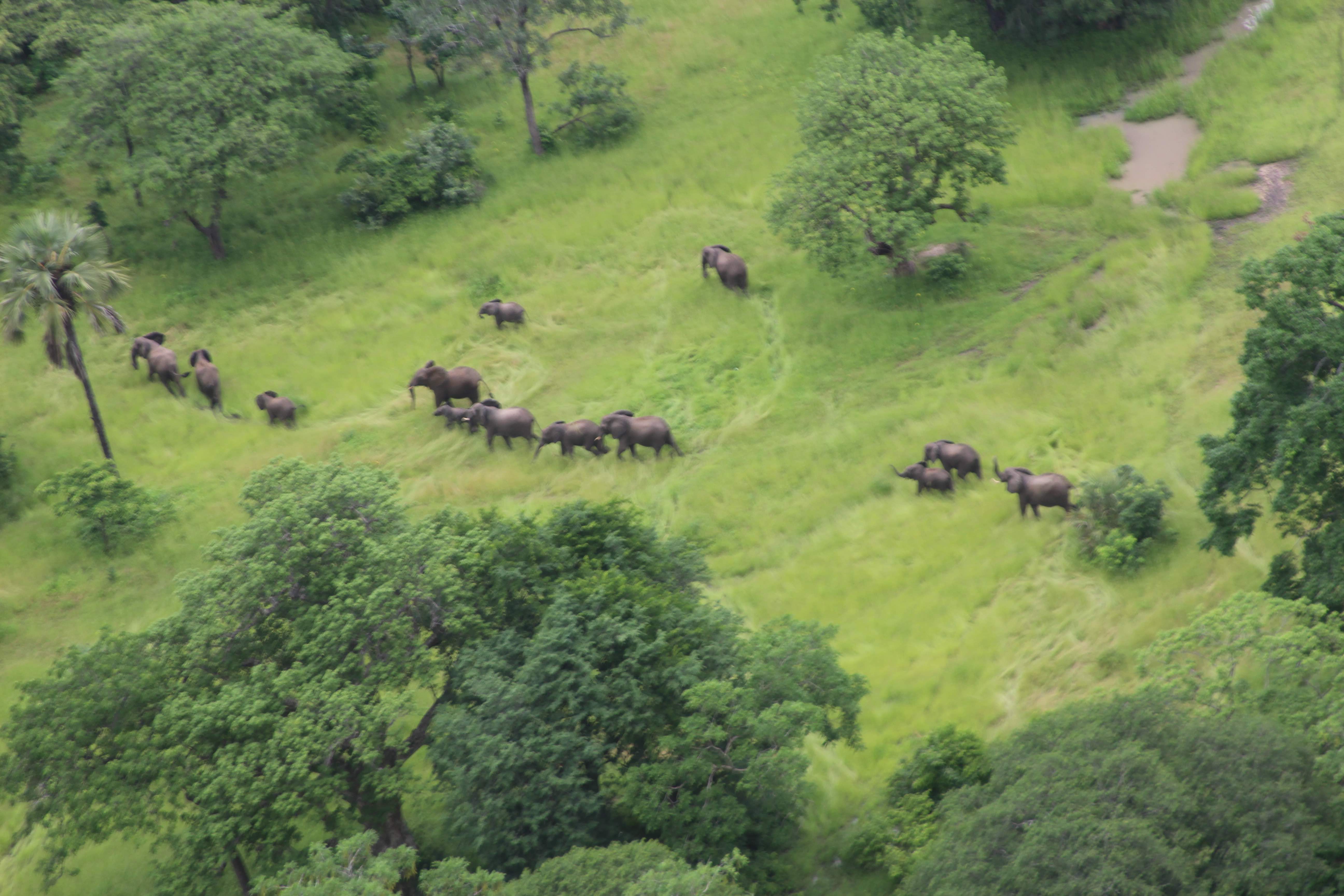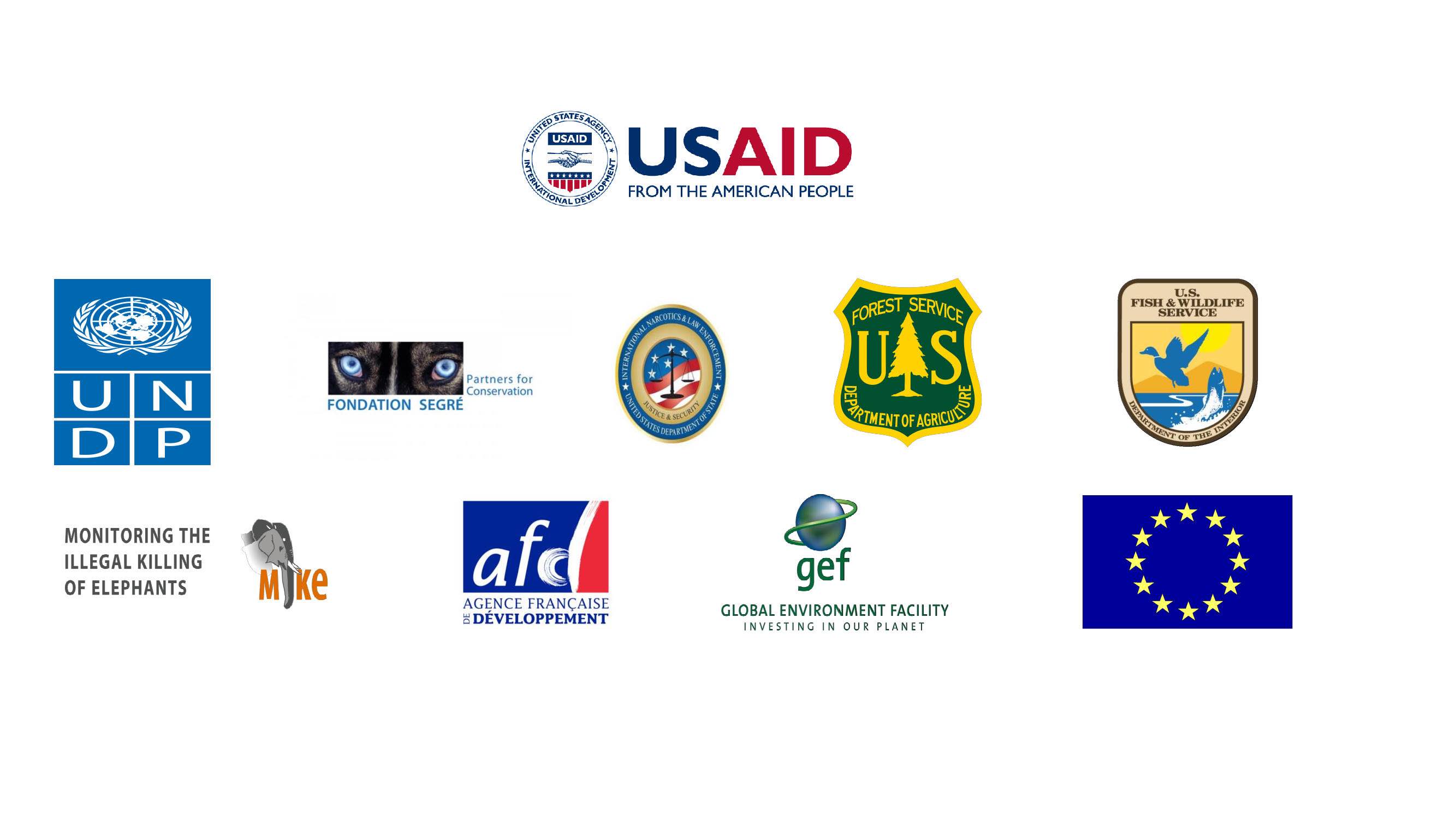Before 2015, reserve had lost thousands of elephants due to rampant organized poaching;
From 2015-2017 poaching numbers declined with an average of 100 elephants killed each year;
Success is due to multiple factors:
- Partnership with the Government of Mozambique and concession operators on the ground in Niassa;
- Deployment of a special police rapid intervention unit;
- Increased aviation program providing surveillance and the deployment of a helicopter and Cessna aircraft;
- Tougher sentencing of poachers.
WCS and partners have reported an astounding success, registering zero instances of elephant poaching for the past 12 months in Mozambique’s Niassa Reserve, a massive protected area plagued by rampant wildlife crime just a few years ago. Conservationists attribute the elimination of poaching in the park due to a collaborative effort with the Government of Mozambique and concession operators in the park, combined with deployment of a special police rapid intervention unit; an increased aviation program providing surveillance and the deployment of a helicopter and Cessna aircraft; and tough new sentencing of poachers.

To fight elephant poaching head on, a group of Niassa National Reserve partners, comprised of the Government of Mozambique, WCS, and the Niassa Conservation Alliance, began to implement a coordinated anti-poaching strategy in early 2018, with the generous support of various donors such as USAID. This strategy included deploying a year-round Cessna aircraft and chartering a helicopter during the wet seasons of early 2018 and again through December 2018 through May, 2019 to transport scouts and supplies to remote poaching locations, deploy response teams when poaching was detected, as well as aerial surveillance.
In addition, the partnership cleared—and kept clear—illegal mining and fishing camps in the reserve. At the same time, numerous poaching cases in Niassa and Cabo Delgado were successfully prosecuted under a revised conservation law. Improvements and expansion of the existing Niassa radio system for better coordination among all partners on anti-poaching operations further contributed to the success.
Altogether, these actions, resulted in an 87 percent reduction in the number of illegally killed elephants in 2018 compared to 2017. The last illegally killed elephant was reported on May 17, 2018.

Niassa was the site of nearly catastrophic elephant poaching, primarily from 2009 to 2014, which cut the population to an estimated 3,675 as recorded in a 2016 aerial survey from what was a fairly steady average estimate of 12,000 between 2000 and 2011. Given the enormous extent of wild habitat available in Niassa—exceeding the size of Switzerland—it remains one of the few areas left in Africa capable of supporting a robust elephant population, with some research estimating the landscape could support as many as 20,000 individuals. Niassa in turn is part of the Niassa-Selous Transfrontier Conservation Area, which itself is the heart of the broader relatively unfragmented Rovuma landscape where wide-ranging species such as lion and African Wild Dog are still able to roam unimpeded.
From 2015 to 2017, anti-poaching strategies reduced killings to an average of around 100 individuals a year—still far too high, but nevertheless marking a positive turn of events in comparison to the devastation of the previous five years or so. The concerted and coordinated actions initiated in 2018 have succeeded in slowing poaching rates even further, providing hope that Niassa elephants stand a genuine chance for recovery.
The Niassa National Reserve in northern Mozambique is one of Africa’s largest (17,104 square miles or 42,300 km2) wildest, and most spectacular landscapes, comprising 28 percent of Mozambique’s conservation areas. The area exhibits the lowest human footprint, and although this is growing, it is likely to grow at a slower rate than surrounding areas. Niassa contains the largest remaining blocks of intact miombo woodland—dotted by enormous inselbergs soaring hundreds of meters high. The reserve harbors some of Mozambique’s most significant populations of wildlife, including elephant, lion, leopard, wild dog, sable, kudu, wildebeest and zebra.
Niassa Reserve has been steadily strengthening its conservation capacity thanks to the generous support of various donors. The US Government is the biggest supporter primarily through the United States Agency for International Development (USAID) funded Alliance for Ecosystem Conservation Systems, Markets and Tourism (ECOSMART) program and with contributions from the United States Fish and Wildlife Service (USFWS) and the Bureau of International Narcotics and Law Enforcement Affairs (INL). Other institutional support is also currently being provided by the Global Environment Facility (GEF) through the United Nations Development programme (UNDP), the Agence Française de Développement (AFD) and the European Union (EU) funded Minimising the Illegal Killing of Elephants and other Endangered Species (MIKES) project administered through the Convention on International Trade in Endangered Species (CITES) secretariat.
WCS partners closely with the Niassa Conservation Alliance members - Chuilexi Conservancy supported by Flora and Fauna International (FFI), Luwire Wildlife Conservancy, Mariri Investimentos and the associated Niassa Carnivore Project and Ratel Conservation Foundation - and Kambako Safaris and Metapiri Safaris.
WCS’s work was also supported by Fondation Segré; The Wildcat Foundation; the Bennink Foundation; the Elephant Crisis Fund - a joint initiative between Save The Elephants and the Wildlife Conservation Network, in partnership with the Leonardo DiCaprio Foundation; and many more.
